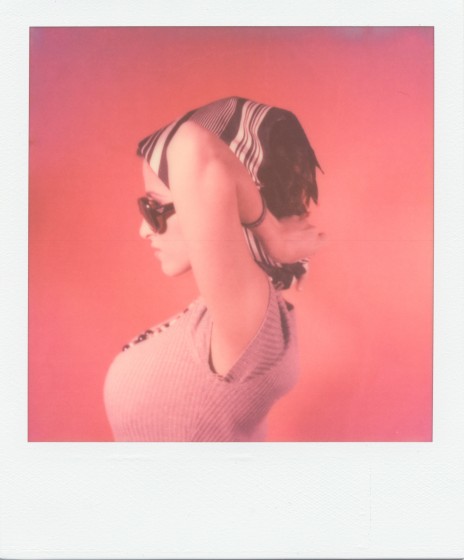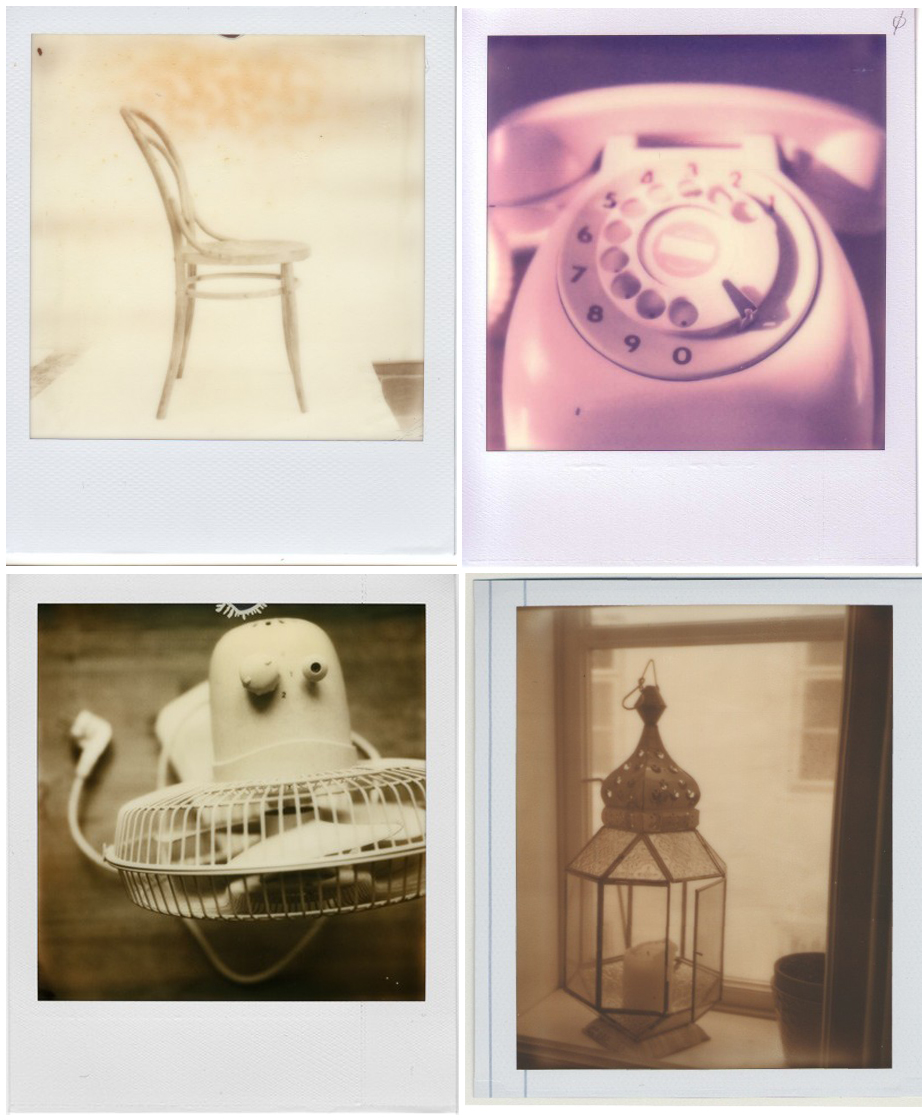
|
Let's Talk Discourse |

|

|
Let's Talk Discourse |

|
The Impossible Project's website is laden with linguistic and visual rhetorical information. The site features a number of photo galleries with images submitted by individuals from around the world. When placed in these carefully contrived archives, a variety of readings and messages emerge based on the meanings generated by the relationship between these discursive images--this is what Rose refers to as the intertextual nature of visual and verbal images and texts (220). "In fact, we might say that a given image does not have a single meaning but, rather, multiple meanings, depending on the particular context and its purpose...To understand a photograph is therefore to recognize that any image is produced at an intersection of cultural determinants" (Orvell 15). Looking at the photographs in the galleries, and the ways in which they function intertextually, helps to answer questions such as: how are analog instant film and individuals who are a part of instant film culture visualized in a contemporary context? What patterns and trends seem to arise when looking at the images as a whole, rather than separate, disjointed parts? Do these trends suggest an ideology intrinsic to instant film culture, and how does the Impossible Project's website convey this ideology?
| The galleries are set up at various locations on the website They look something like the image on the right. When scrolled over, the images appear brighter and darker, while the others in the gallery are hazy. Once a thumbnail is clicked on, the photo expands to fill the browser window and there is a caption box with various details about the photo such as the photographer, title they've given the image, type of film and camera used, temperature range, and light condidtions. These linguistic symbols root the images in various ways, by giving them names and providing authorial claims. Yet, these images all serve the larger institutional apparatus, they are simply technologies that support the regime of truth that these are images from everyday people just like 'you,' compelling the viewer to empathize and buy into the community. Ultimately, consumers are buying into a community--they are buying into a way of thinking or seeing, an ideology created by Impossible through its website and marketing. To understand the ideology of instant film culture, we can look at the discursive formation of the gallery photos and other information on the website. |
 |
 |
The subject matter of most all the photos seems to memorialize the banal, the mundane, and transform it an artistic expression--not necessarily focused on what the photographer 'really' saw, but rather the unique aspects of 'how' they saw. In other words, the images seem to be as much about what is represented as how it is represented. The most commonplace object or scene, such as a telephone, an electric fan, a lamp on the windowsill becomes less about the objects and more about the quality of light or the odd viewpoint and composition, something much more mysterious and alluring. |
| The frame of the Polaroid itself is like a small window through which the photographer must choose what to keep in the image and what to exclude. Images are important not only because of what they show, but because of what they exclude as well. Looking at the images as compressed performances, we must wonder and what the photographer has chosen to conceal and why. A trend throughout the images submitted online is for faces or heads to be cut off, hands or feet/legs to be isolated, etc. This makes the images seem to serve a much more artistic function, rather than purposes of documentation. |  |
 |
The chemical processes themselves are also cause for instability and unpredictability of the coloring of images. The colors are generally faded and vary depending on the quality of light and temperature of the setting. This faded look relates back to the unique qualities of representation produced by instant film technologies. The images produced look as if they belong in another time, decades past. Photographers can even manipulate these chemical processes to create an endless array of uniquely styled images. The Impossible Project provides tutorials on their website that guide individuals through the steps as "an invitation to creativity and experiments, to passionate productions, unique artworks and splendid surprises" (The Impossible Project). |
So, instant film culture is not so much about rigid and factual documentation, but, rather, seems to be about the artistic representation of reality. Individuals who are a part of this culture are combatants of modern digital photographic technologies that strive to constantly provide crisper, clearer more real representations of the real world. Thus, instant film consumers create and are driven by a culture that seems to idealize the imperfection of the technology. Like the qualities valued in expressionist paintings, light and ambience make the subjects interesting and noteworthy.
These numerous meanings and relationships that exist between images remain dormant until "mobilized in a specific context" (Rose 220). The rhetoric of individual images, when compiled in such a way allows visual analysts to see trends and form more general conjectures about how the images function in a discursive context--that is how they contribute to or are situated within larger societal discourse. This analysis shows how the various galleries convey ideas about the ways in which instant photography presents a unique view of the real world; they not only communicate ideas about what users and consumers of analog instant film really see, but how they want to see or be seen.
 Images as Artifacts |
 History |
 The Impossible Project |
 Virutal Dichotomy |